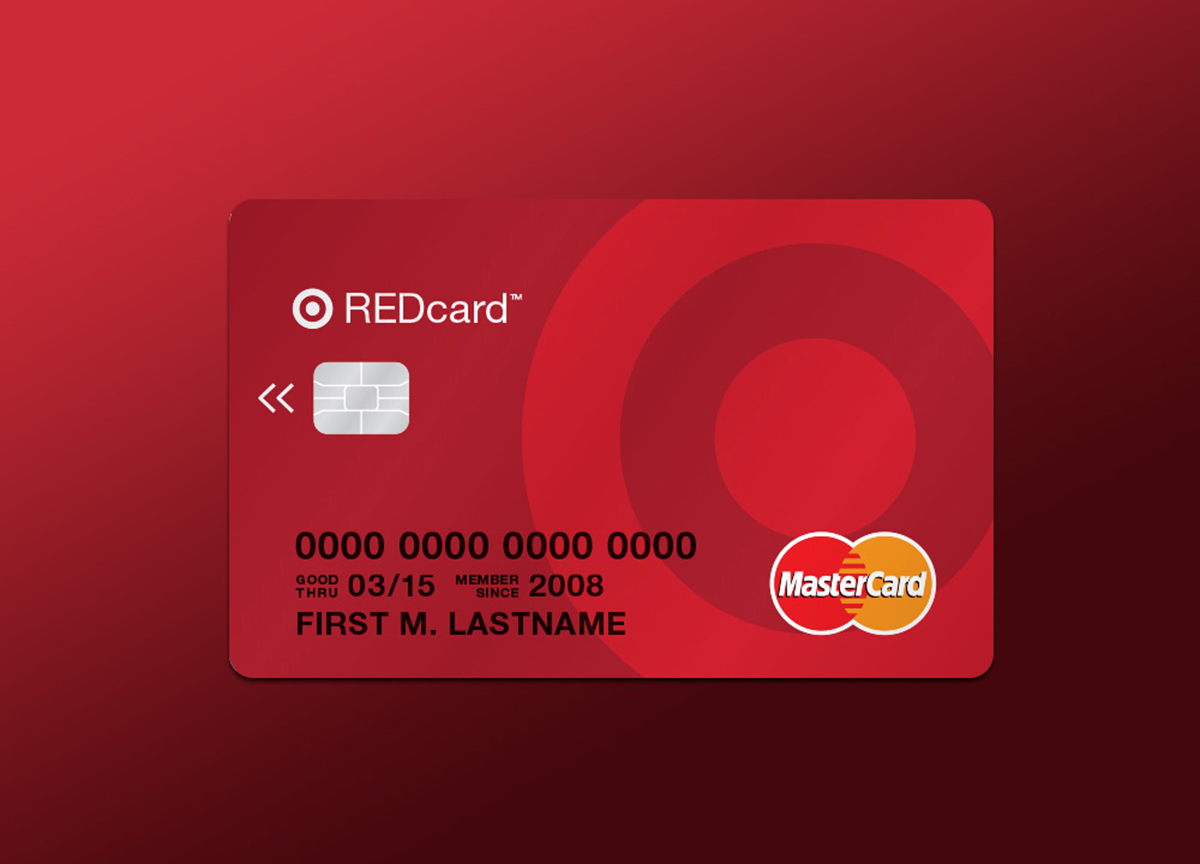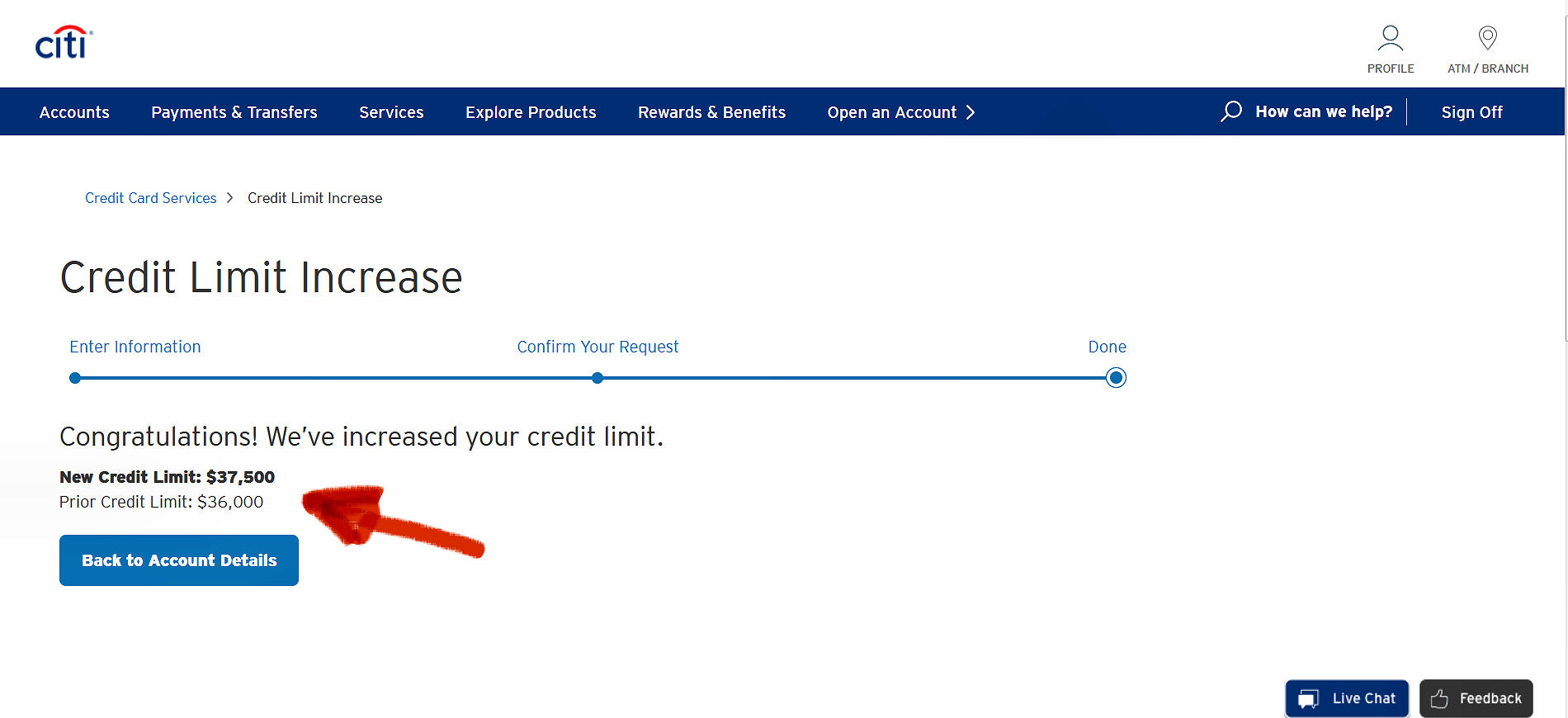

Finance
How Often Does Target Increase Credit Limit
Published: March 5, 2024
Learn how often Target increases credit limits and manage your finances effectively with these expert tips. Understanding the process of credit limit increases can help you make informed financial decisions. Discover more about finance management now.
(Many of the links in this article redirect to a specific reviewed product. Your purchase of these products through affiliate links helps to generate commission for LiveWell, at no extra cost. Learn more)
Table of Contents
**
Introduction
**
Welcome to the world of credit limits and the intriguing dynamics of credit increase opportunities. As a Target credit cardholder, the prospect of having your credit limit raised can be both exciting and beneficial. Understanding how Target determines credit limit increases, as well as the strategies for increasing your chances of securing one, is essential for maximizing your financial resources.
Target, a renowned retail corporation, offers a variety of credit cards to its loyal customers. These cards often come with the possibility of having the credit limit increased over time. This increase can provide greater purchasing power, improve credit utilization ratios, and potentially enhance your credit score. However, the frequency and process of obtaining a credit limit increase from Target are influenced by various factors, including your financial behavior and the issuer’s policies.
In this comprehensive guide, we will delve into the factors that influence Target’s credit limit increases, the process of requesting a credit limit increase, and valuable tips for enhancing your chances of securing an elevated credit limit from Target. By understanding these aspects, you can navigate the credit increase landscape with confidence and make informed decisions to potentially elevate your purchasing potential.
**
Factors that Influence Target’s Credit Limit Increases
**
Target evaluates various factors when considering credit limit increases for its cardholders. Understanding these elements can provide insight into the criteria used to assess your eligibility for a credit limit boost. While specific algorithms and decision-making processes may vary, several common factors influence Target’s credit limit increase decisions:
Payment History: Your track record of making timely payments on your Target credit card is a crucial factor. Consistently paying at least the minimum amount due, if not the full balance, demonstrates responsible financial behavior and increases the likelihood of a credit limit increase.
Credit Utilization Ratio: Target assesses the proportion of your available credit that you are currently using. Maintaining a lower credit utilization ratio, ideally below 30%, signals responsible credit management and may enhance your chances of receiving a credit limit increase.
Credit Score: Your credit score, a numerical representation of your creditworthiness, significantly influences credit limit increase decisions. Target may consider your credit score from one or more major credit bureaus when evaluating your eligibility for a higher credit limit.
Income and Employment Status: Providing accurate income information and demonstrating stable employment can positively impact Target's assessment of your ability to manage increased credit limits responsibly.
Account History: The length of time you have held your Target credit card and your overall account history with the issuer are important considerations. A longer, positive account history may strengthen your case for a credit limit increase.
Credit Inquiries and New Accounts: Target may review your recent credit inquiries and the opening of new accounts to assess your overall credit behavior. Multiple recent inquiries or new accounts may raise concerns about increased financial risk.
Overall Financial Health: Target may consider your overall financial health, including your debt-to-income ratio and other financial obligations, to gauge your capacity to handle a higher credit limit responsibly.
By comprehending the factors that influence Target’s credit limit increases, you can strategically manage your financial behavior to potentially enhance your eligibility for a credit limit boost. Next, we will explore the process of requesting a credit limit increase from Target and the best practices for optimizing your chances of success.
**
How to Request a Credit Limit Increase from Target
**
Requesting a credit limit increase from Target involves a straightforward process that allows you to present your case for a higher credit limit. Here are the steps to initiate a credit limit increase request:
- Access Your Target Account: Log in to your Target account through the official website or mobile app. Navigate to the credit card section to access your account details.
- Check for Eligibility: Review the eligibility criteria for requesting a credit limit increase. Target may have specific guidelines regarding the timing and frequency of credit limit increase requests.
- Initiate the Request: Look for the option to request a credit limit increase within your account dashboard. This feature may be labeled as “Request Credit Limit Increase” or something similar.
- Provide Required Information: When prompted, input the necessary details, which may include your current income, employment information, and the desired credit limit increase amount. Ensure that the information you provide is accurate and up to date.
- Submit the Request: After entering the required information, submit your credit limit increase request through the designated channel. Target will review your request and notify you of the decision, which may be instantaneous or take a few business days.
It’s important to approach the credit limit increase request process with careful consideration. Provide accurate information and ensure that your financial behavior aligns with the factors that influence credit limit increases, as discussed earlier. Additionally, understanding the timing of your request and the issuer’s policies can enhance the likelihood of a favorable outcome.
Upon submitting your request, Target will evaluate your eligibility for a credit limit increase based on the provided information and your overall credit profile. If approved, you will receive confirmation of the new credit limit, empowering you to make more substantial purchases and potentially improve your credit utilization ratio.
Next, we will explore valuable tips for increasing your chances of securing a credit limit increase from Target, allowing you to approach the process strategically and maximize the potential for a favorable outcome.
**
Tips for Increasing Your Chances of Getting a Credit Limit Increase from Target
**
Securing a credit limit increase from Target involves proactive financial management and strategic decision-making. By implementing the following tips, you can enhance your chances of obtaining a higher credit limit:
- Maintain a Positive Payment History: Consistently make on-time payments for your Target credit card to demonstrate responsible financial behavior. Timely payments reflect positively on your credit profile and may increase the likelihood of a credit limit increase.
- Manage Your Credit Utilization Ratio: Keep your credit utilization ratio low by using only a portion of your available credit. Aim to stay below 30% utilization, as this signals prudent credit management and may bolster your case for a credit limit increase.
- Regularly Monitor Your Credit Score: Stay informed about your credit score and credit report. Monitoring your credit health allows you to address any discrepancies or areas for improvement that could impact your eligibility for a credit limit increase.
- Update Your Income Information: Ensure that your income details on file with Target are accurate and up to date. A higher income can indicate greater capacity to manage a higher credit limit responsibly.
- Use Your Target Credit Card Responsibly: Demonstrate responsible usage of your Target credit card by making purchases within your means and paying off balances consistently. Responsible card usage showcases your creditworthiness and financial prudence.
- Limit New Credit Inquiries and Accounts: Minimize the number of new credit inquiries and accounts to maintain a stable credit profile. Excessive inquiries and new accounts may raise concerns for credit issuers, potentially impacting your credit limit increase prospects.
- Understand Target’s Policies: Familiarize yourself with Target’s specific policies regarding credit limit increases. Understanding the issuer’s guidelines and eligibility criteria can help you time your credit limit increase request effectively and align your financial behavior accordingly.
By incorporating these tips into your financial management practices, you can position yourself for a higher likelihood of securing a credit limit increase from Target. Demonstrating responsible credit behavior and aligning with the factors that influence credit limit increases can strengthen your case and potentially lead to a favorable outcome.
As you navigate the process of managing your credit limit and exploring opportunities for increases, it’s essential to approach the journey with patience, persistence, and a commitment to responsible financial stewardship.
With a strategic approach and a focus on prudent financial management, you can optimize your potential for obtaining a credit limit increase from Target, enhancing your purchasing power and contributing to a positive credit profile.
**
Conclusion
**
Understanding the dynamics of credit limit increases with Target empowers you to navigate the terrain of credit management with confidence and strategic intent. By recognizing the factors that influence credit limit increases, the process of requesting a credit limit increase from Target, and valuable tips for enhancing your chances of success, you can position yourself for potential financial growth and improved purchasing power.
Target’s evaluation of payment history, credit utilization ratio, credit score, income, account history, credit inquiries, and overall financial health underscores the importance of responsible financial behavior and prudent credit management. Aligning your financial practices with these factors can bolster your eligibility for a credit limit increase and contribute to a positive credit profile.
When considering a credit limit increase, the process of initiating a request from your Target account and providing accurate, up-to-date information is pivotal. By adhering to the guidelines and understanding the issuer’s policies, you can optimize your chances of securing a higher credit limit and leveraging it to your advantage.
Furthermore, implementing proactive strategies such as maintaining a positive payment history, managing your credit utilization ratio, monitoring your credit score, updating income information, and understanding Target’s policies can enhance your prospects for a credit limit increase. By aligning your financial behavior with these best practices, you can position yourself for potential credit limit growth and improved financial flexibility.
As you embark on the journey of managing your credit limit and exploring opportunities for increases, remember that responsible financial stewardship, patience, and persistence are key allies. By approaching credit management with a focus on prudent decision-making and strategic financial management, you can optimize your potential for obtaining a credit limit increase from Target, contributing to a positive credit profile and enhanced purchasing power.
Ultimately, the pursuit of a credit limit increase from Target is a journey that intertwines financial responsibility, informed decision-making, and a commitment to prudent credit management. By embracing these principles and leveraging the insights shared in this guide, you can navigate the landscape of credit limit increases with clarity and purpose, potentially unlocking new opportunities for financial growth and stability.














